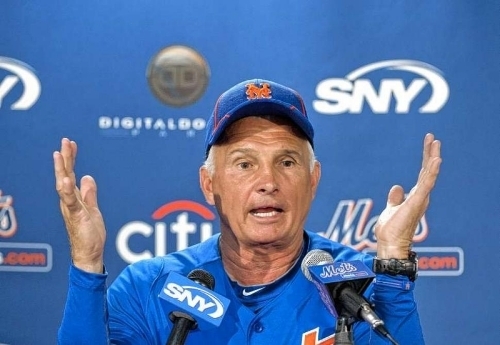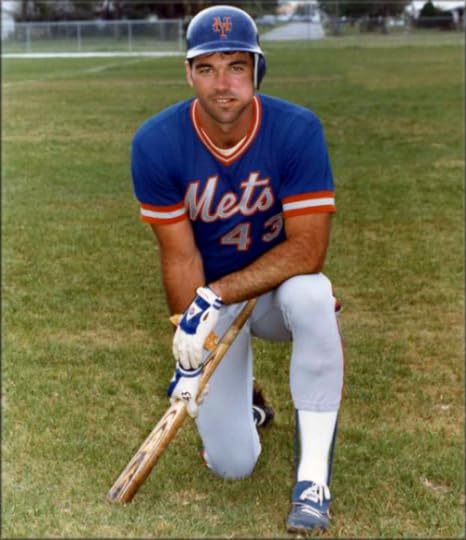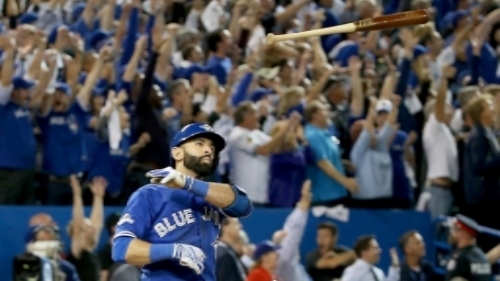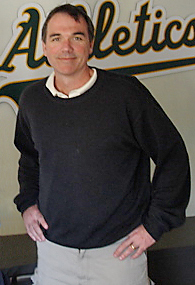What do you think?
Rate this book


“You need know absolutely nothing about baseball to appreciate
the wit, snap, economy . . . and incisiveness of [Moneyball].
Lewis has hit another one out of the park.”
—Janet Maslin, New York Times
316 pages, Kindle Edition
First published January 1, 2003

It would seem to have almost nothing to do with their biceps muscles or fast-twitch fibers or even their vision, which, for most baseball players is largely the same. It would seem to have much more to do with the neural signals that impel our every movement. “It’s like saying people who can speak French very well have a very dexterous tongue,” John Krakauer, a neuroscientist at Johns Hopkins University, told me. “It would be the wrong place to assign the credit.”





And now that I’ve read this book, I think I’ll see the movie.


The sheer quantity of brain power that hurled itself voluntarily and quixotically into the search for new baseball knowledge was either exhilarating or depressing, depending on how you felt about baseball. The same intellectual resources might have cured the common cold, or put a man on Pluto; instead, it was used to divine the logic hidden inside a baseball game, and create whole new ways of second guessing the manager.
Moneyball by Michael Lewis (Page 81)